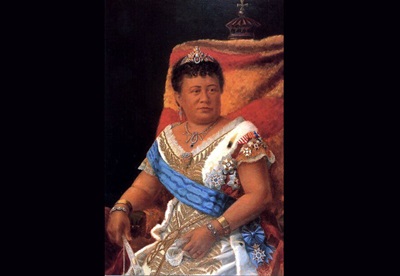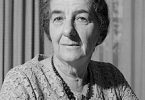March is also Social Work Month, which honors the contributions made toward the betterment of society. And today is International Women’s Day, so it is befitting to honor Hawaii’s Queen Kapiʻolani.
In the annals of Hawaiian history, one name shines brightly as a beacon of grace, intelligence, and unwavering commitment to the welfare of her people. Julia Kapiʻolani Napelakapuokaka’e was born December 31, 1834, in Hilo to High Chief Kūhio Kalanianaʻole and High Chiefess Kinoiki Kekaulike of Kauaʻi, whose father was King Kaumualiʻi, the last king of an independent Kauaʻi before its cession to Kamehameha the Great.
From a young age, Kapiʻolani was immersed in the traditions and customs of her people, fostering a deep connection to her heritage. Kapiʻolani moved from Hilo to Oʻahu as a teenager under the protection and custody of Kamehameha III.
On March 7, 1852, she married High Chief Bennett Nāmākēhā-o-kalani, the uncle of Queen Emma. He was some 30 years senior to Kapiʻolani, and he passed December 27, 1860, leaving her a young widow. He was buried on Kapiʻolani’s birthday, on grounds of ʻIolani Palace.
On December 19, 1863, Kapiʻolani married David Kalākaua, who later became King Kalākaua, solidifying her position as queen consort. Their union was not only a partnership in marriage but also a collaboration in their shared vision for the betterment of Hawaii. As queen consort, Kapiʻolani embraced her role with dignity and a sense of duty.
Queen Kapiʻolani was a passionate advocate for the preservation of Hawaiian culture and traditions during a time when Western influences were rapidly encroaching upon the islands.
She played a pivotal role in supporting and promoting traditional Hawaiian arts, language, and hula. Kapiʻolani understood the importance of cultural identity in maintaining the integrity of the Hawaiian people.
Queen Kapiʻolani’s visits to the Kalaupapa Leprosy Settlement in Kalawao County, Molokai, commencing July 21, 1884, were significant events that showcased her compassion and dedication to the well-being of those affected by leprosy (Hansen’s Disease). The Queen risked her own life when she visited the settlements. Mycobacterium leprae is the bacterium responsible for causing leprosy. Europeans generally have an immune system designed to defend against those bacteria. There are some data that suggest Hawaiians are peculiarly vulnerable to leprosy due to genes PARK2 and PACRG on chromosome 6. The former gene makes one susceptible to becoming infected with the disease, and the latter makes the disease lethal. Generally, Hawaiians didn’t have immunity against the myriad of pathogens brought to the islands by foreigners.
In 1887 Queen Kapiʻolani founded the Kapiʻolani Home for Girls, aiming to provide education for the daughters of individuals residing in the Kalaupapa Leprosy Settlement. She also regularly met with The Sisters of Saint Francis, who ran the receiving station for leprosy patients in Kaka’ako.
Queen Kapiʻolani’s presence in the Kalaupapa Leprosy Settlement not only provided comfort and companionship to the residents but also contributed to raising awareness about the challenges they faced. Her commitment to understanding and addressing the needs of the affected individuals further solidified her legacy as a compassionate and caring leader in Hawaiian history.
Queen Kapiʻolani was deeply committed to the welfare of her subjects. She actively supported various charitable organizations and initiatives aimed at improving the lives of the Hawaiian people. Her compassion and dedication earned her the admiration and love of her subjects, as she tirelessly worked to address social issues such as poverty and healthcare.
Notably, Queen Kapiʻolani played a key role in the establishment of the Kapiʻolani Maternity Home, later known as the Kapiʻolani Medical Center for Women & Children. This institution, founded in 1890, continues to be a leading healthcare facility in Hawaii, a testament to the queen’s enduring impact on the well-being of mothers and children.
After becoming the Dowager Queen, Kapiʻolani left the Iolani Palace, and lived out the remainder of her life at her private residence Pualeilani in Waikīkī where the Hyatt Regency Waikiki now stands.























